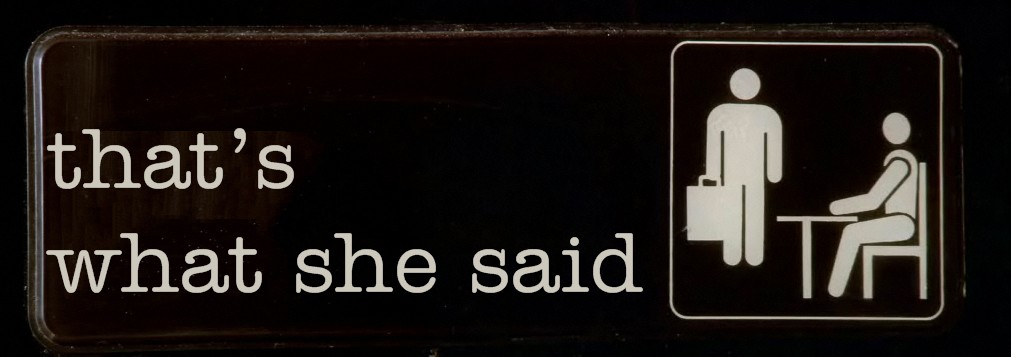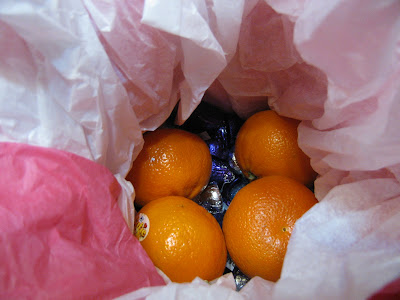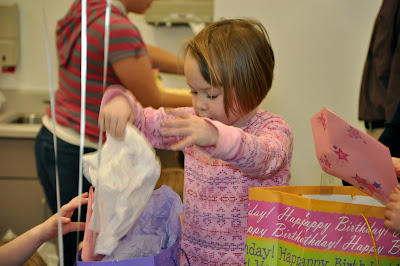I realize this isn't the typical book review for most people who might read this blog, but I have been reading this one on the advice of a child therapist specializing in death and grief and have found it absolutely fascinating.
The book is designed for parents or other caretakers who have a child who is dealing with the loss of a parent or other close family member. She seems to repeat some of her advice, however, she reminds the reader that this book is not designed to be read cover to cover like most novels, instead it's to be read in sections that are most relevant at the time. And I find the repeats to be helpful in retaining the information.
Children process grief much different than adults. She guides the reader through that process. From very young children to teens. She guides the reader through all scenarios of death.
The first thing I learned is that TRUTH is the absolute must do! Never to hide that death has occurred. She advocates the approach of honesty on all levels and addressing questions as openly as you can. And only addressing the specific questions as they come.
The first thing we learned is that we didn't do it right the first time. While Corbin had a very well thought out plan on how to discuss Chloee's mommy's death and did a very good job with it and in hindsight, it seemed to be very appropriate for the time, the author helped us understand that good intentions cannot supersede truth. This is in no way a diss on how he chose to handle it, rather, we have learned that there is a better way.
It is never easy to explain suicide to a child and even less easy when they don't even understand the word.
However, in conjunction with this book, we were also recommended this one
This book is designed for the child. And again, not necessarily to be read cover to cover, but in pieces that apply to your child specifically.
So several weeks ago, we purchased both. On a night with no distractions, Chloee and I read When Dinosaurs Die. We looked at the pictures, and talked first what it means to be alive. Then moved into what it means to be dead. Next up, was the different ways that people die. Again, they recommend that you be honest on a level that the child understands.
It was a nice way to help Chloee understand that for reasons no one will ever really know, Mommy made a choice to make her body stop working. It is NOT Chloee's fault, it's no one's fault but a choice that Mommy made. A choice that we will understand only when we get to see her again.
The book then reminds us to make sure the child understands that she/he is loved and to point out all the people in their life that they have to rely on and to help to take care of them. Luckily in Chloee's case she is surrounded by MANY who have her welfare at the forefront of their concerns.
Her Daddy, Karalee, her Poppa, Mimi, Granpa, Granma, Aunts, Uncles, cousins, school teachers, neighbors, and friends
There was a particular picture that Chloee liked to keep going back and looking at and talking about. It was a little girl with a broken doll. It helped us to talk about feelings of frustration and anger and how we can deal with those feelings. After several minutes she became bored with the book.
Before I put it on her bookshelf, I told her that this was HER SPECIAL book. And that anytime she wanted to talk more about this, she just needed to ask or get the book and we could spend as much time as she wanted to.
That night, as with every night, either Dave or I tell her a story. It's usually some fantasy that we make up as we go along. This time, I used the playground, some other children and a little girl who's Mommy had died and who's Daddy was far away to help emphasize the teaching lesson we had already had.
Ever since then, she is quite open about Mommy. Open about Daddy and talks about Mommy in heaven with Kasey. She isn't sad, she understands on her very small level and seems to be doing well.
In our community there is a special grief group for small children who have lost a parent. We meet with them in the next couple of days for an intake evaluation for Chloee and to discuss when and if it would be appropriate to begin counseling. In speaking with other grief counselors, we have been told that not every child NEEDS therapy, that it is individual and should be evaluated carefully.
I am still chugging through the grown up book. Once I finish it, I will be passing on to Corbin and Karalee. They will need and want the same information to help Chloee throughout the rest of her life.
The authors of both books have done an excellent job in being straightforward and even providing some verbiage to help an adult communicate the hard things to their child.
I have learned things that are important in the grieving process not just for children but for people of all ages as well. The importance of funerals, open dialogue, pictures and keepsakes, talking when necessary and quiet reflective thinking at other times.
At any rate, we are feeling more prepared to help Chloee through the process while she is in our care.
Thanks to these two books, we have learned much to not just help us in this particular situation but in others that we may be faced with in the future.
So, if you have the unfortunate position of having a child in your care who is dealing with grief and loss of a parent or other close relative, please pick up these two books. I think you will find them invaluable.


















































































